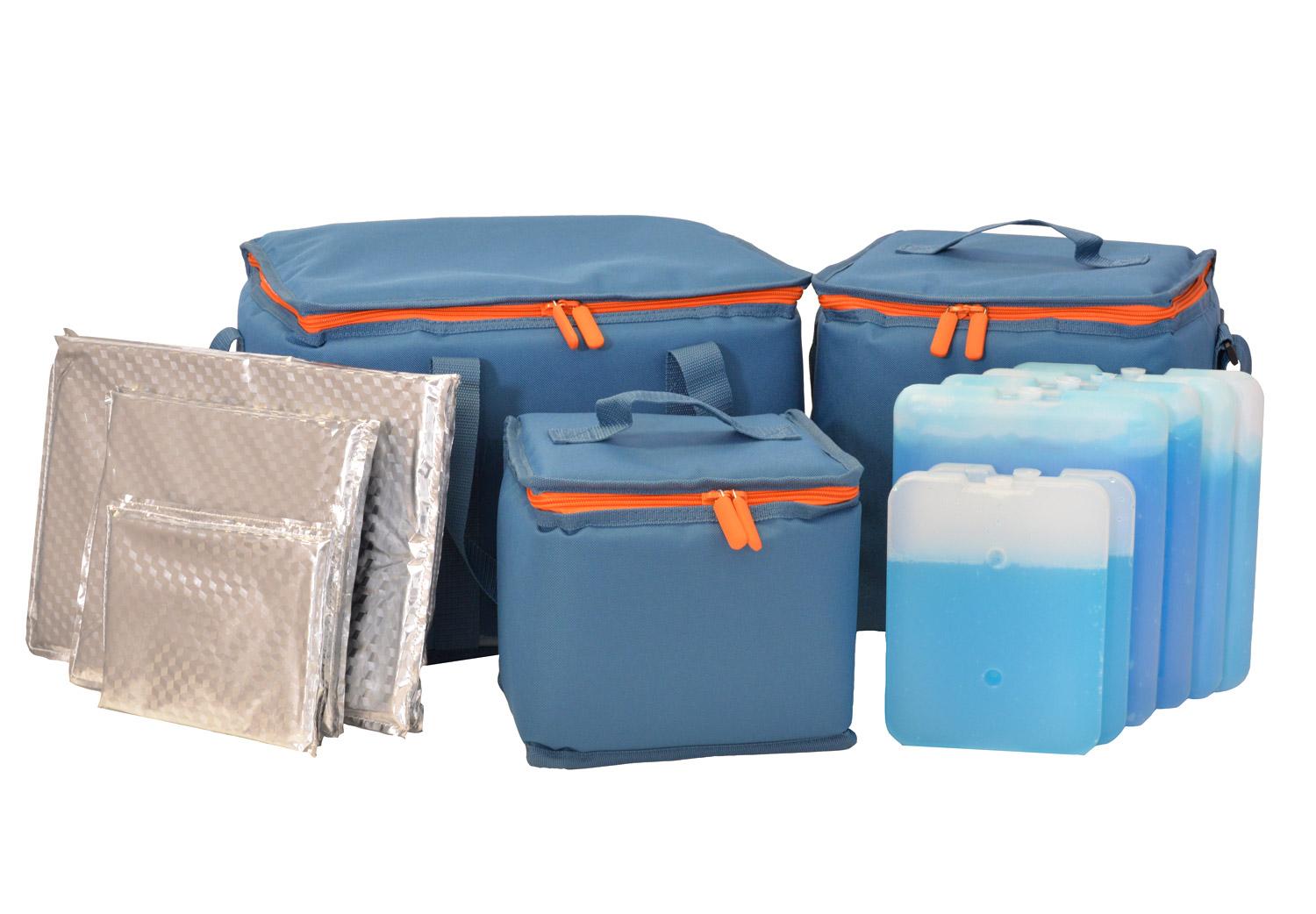The best practices to store and transport temperature-sensitive drugs
How is insulin administered?
Insulin can be administered in 3 ways:
- By subcutaneous injection: this is the most common form of administration. It is carried out using syringes, disposable or prefilled insulin pens (increasingly used because they are easy to use and ready for use) or an external subcutaneous insulin pump (device which is worn on a belt, connected to a subcutaneous needle with a catheter).
- Intravenously: this type of injection is mainly used by medical staff in emergencies.
- Intraperitoneal administration: an insulin pump is implanted into the abdominal cavity.
How to store and maintain it?

Store insulin in the refrigerator after opening
There are many ways to store insulin depending on whether it has been opened or not:
- Before opening, insulin must be stored between +2°C and +8°C up to the expiry date indicated on the box.
- After opening, insulin can be stored at room temperature (between +15°C and +25°C) for up to 1 month, so long as it is kept in its packaging, away from heat and light. However, even if it has not been fully used, the insulin must be thrown away 1 month after opening.
In any case, you must ensure that the insulin does not freeze, in which case it will lose its efficacy. It must not be stored alongside the walls of the refrigerator. In the same way, it must never be subjected to intense heat so as not to alter its efficacy.
What precautions for use should be applied?
- The injection equipment is strictly personal. The needle which is used for the injection with the syringe or insulin pen must be changed every day. In the case of an external subcutaneous insulin pump, it must be changed a maximum of every 3 days.
- Note down the date of opening the vial or insulin pen in order to comply with the storage period of 1 month after opening.
- Inject the insulin at room temperature: it is absorbed by the body better and the injection is more pleasant.
Which insulated packaging solution should you use for insulin for your trips and journeys?

Insulated and refrigerated bags for transporting insulin
Whatever your mode of transport, and whatever the season, always make sure to transport insulin in an insulated pouch to avoid sudden temperature changes. The vials and pens contain extremely low doses of product which change temperature very quickly according to the external temperature they are subjected to. Using an insulated pouch or better still, a refrigerated bag, helps to avoid temperature fluctuations, and in the case of a refrigerated bag, maintain the insulin at the desired temperature (+2/+8°C or +15/+25°C) for several hours, or even days.
Are you looking for an insulated packaging solution to transport insulin or another heat-sensitive medicine? Contact our experts!
